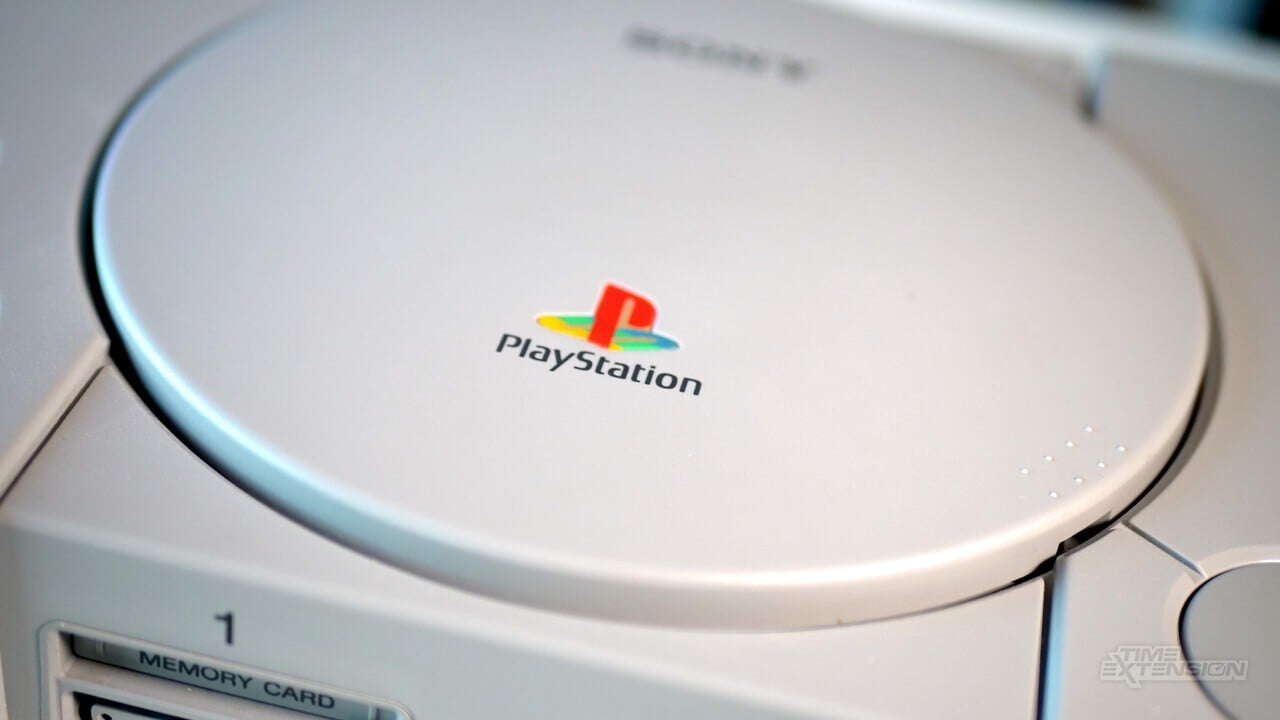Retro Gaming News: FPGA PS1 Teased By MiSTer Pi Creator
Before the PlayStation celebrates its 30th anniversary, Taki Udon, creator of the MiSTer Pi FPGA-based console, has unveiled a teaser for a new FPGA system inspired by the original PlayStation. This device aims to emulate games from both this and other systems with exceptional fidelity.
A Device for Retro Gamers’ Delight
- FPGA Technology: Utilizing Field Programmable Gate Arrays (FPGAs), this console promises to deliver a level of accuracy not matched by software emulators. FPGAs replicate system performance at a hardware level, offering minimal latency and reduced input lag compared to software emulation.
- Compatibility: Apart from its PS1 focus, the new device is designed to play games from other systems as well, standing out against Analogue’s range of FPGA console clones. This console will also feature custom support for original accessories like controllers and memory cards.
Do you prefer software emulation, with the ability to play games from more systems on the same device, or FPGA technology providing a more authentic experience?



Making MiSTer clones without Intel’s DE-10 Nano is a huge breakthrough for open source fpga development. They found somewhere to source the cyclone SoC individually, allowing to customize its PCB specifically for the needs of FPGA console emulation.
The fact that they demonstrated and documented their process and have actually produced a product for purchase is a first.
From what I can recall, this is not what happened. He has stated multiple times that he’s designed it to work as much like a DE-10 Nano as possible. There are no significant differences between his board and the original from what I can tell.